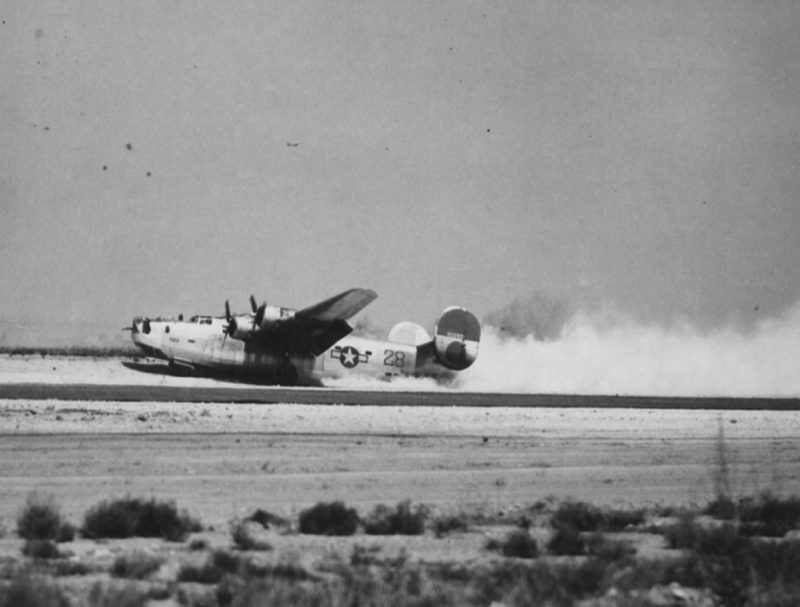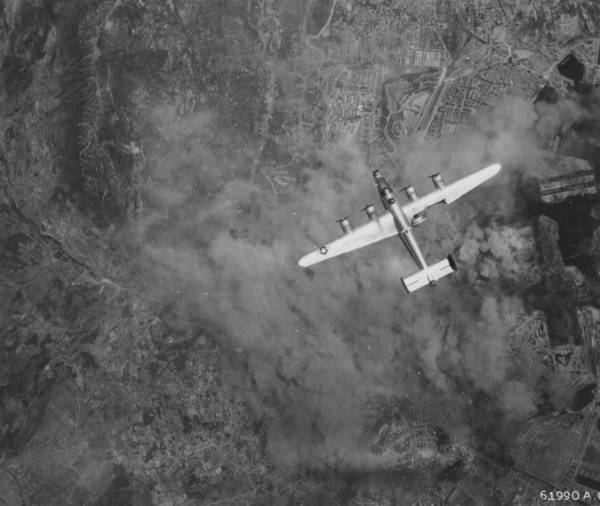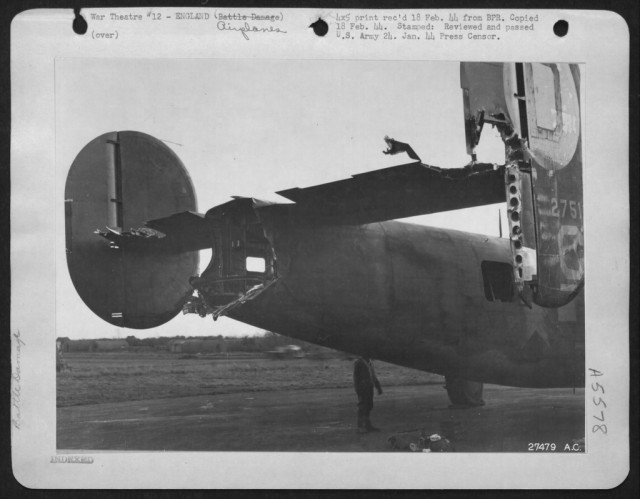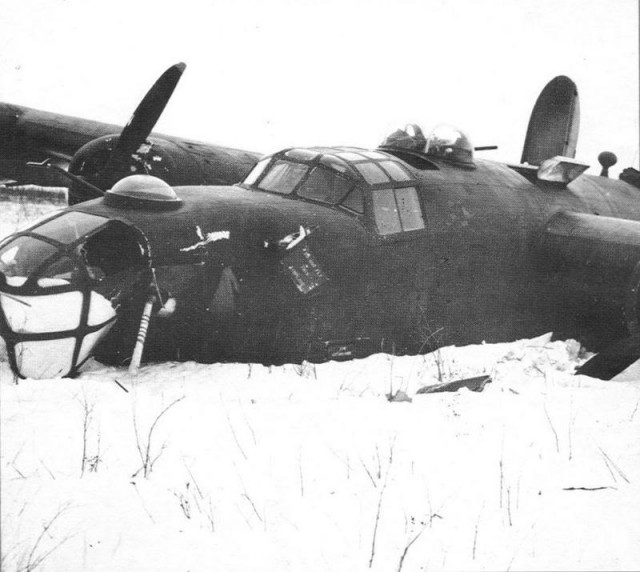The B-24 Liberator was, together with the B-17, the workhorse of the United States Army Airforces who used it in every theater of operations. It was also instrumental in the Battle of the Atlantic, where it’s long range enabled it to close the Mid-Atlantic Gap. Twelve thousand B-24s saw service with the USAAF, at the peak, in September 1944 there were 6,043 active!
It featured a very modern design featuring a shoulder-mounted “Davis wing,” which gave the Liberator long-range, a high cruise speed, and the ability to carry a heavy bomb load. For defense, the B-24 carried up to 10 .50 caliber M2 Browning machine guns which were located in the waist or in turrets.
It was less robust than the B-17 and the aircrews tended to prefer the B-17, General Staff favored the B-24.
These pictures are a reflection not only on the toughness of the machines but also the skill and courage of the pilots and crews that got these warbirds home. Must have been an horrific experience and these images give us just a small insight.
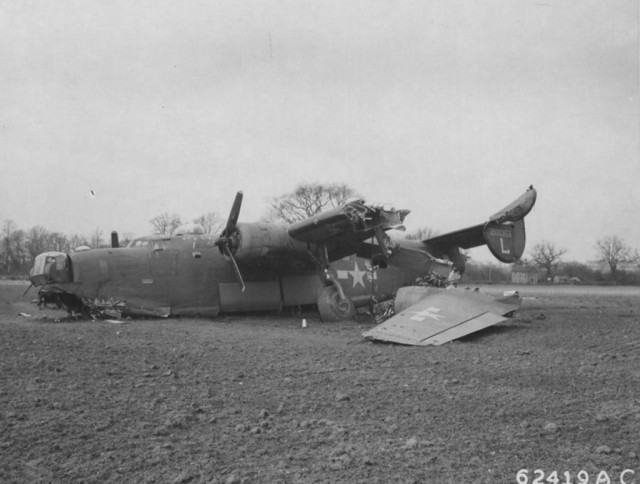
703rd Bomb Squadron, 445th Bomb Group, 8th Air Force.
Crash landed in a field near Metfield, Norfolk, England on March 8, 1944 and salvaged two days later. [Via]
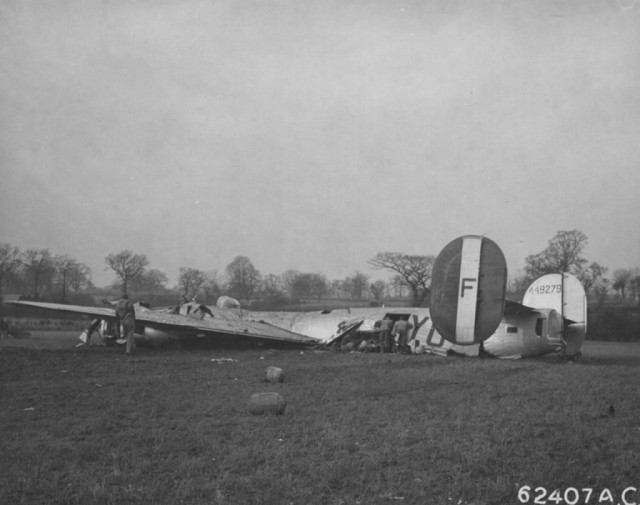
Crashlanded at Ashwellthorpe, Norfolk, England on Feb. 6, 1945 after returning from a mission to Magdeburg, Germany. [Via]
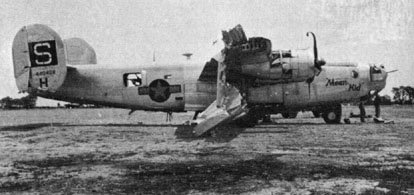
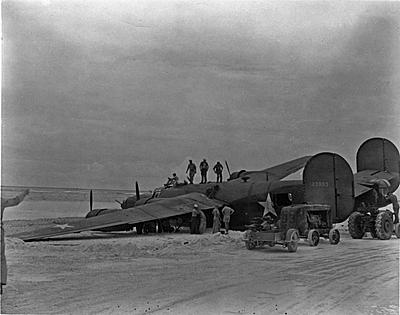
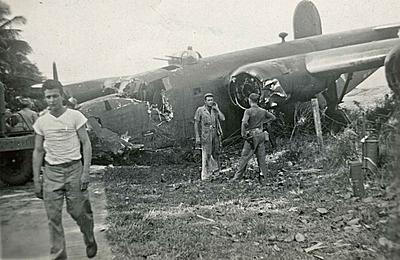
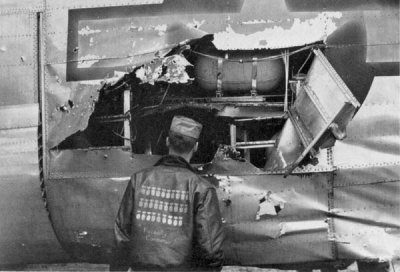
B-24 Liberator from the 376th Bombardment Group, US 15th Air Force, during a bombing mission on a submarine in Toulon docks, Southern France.Despite a badly damaged right wing, this Consolidated B-24 “Liberator”, maintained its place in formation on the bomb run over the target.Flying at an altitude of 22,700 feet and they made it back to their base in San Pancrazio, Italy.6 August 1944. [Via]
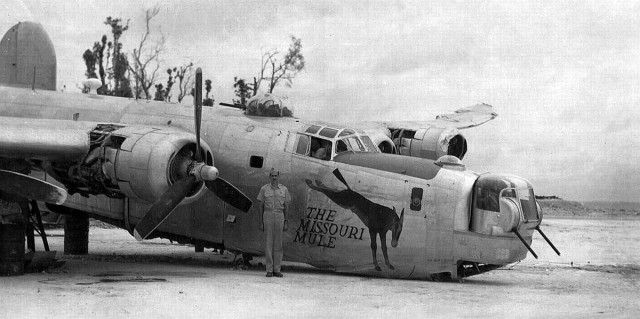
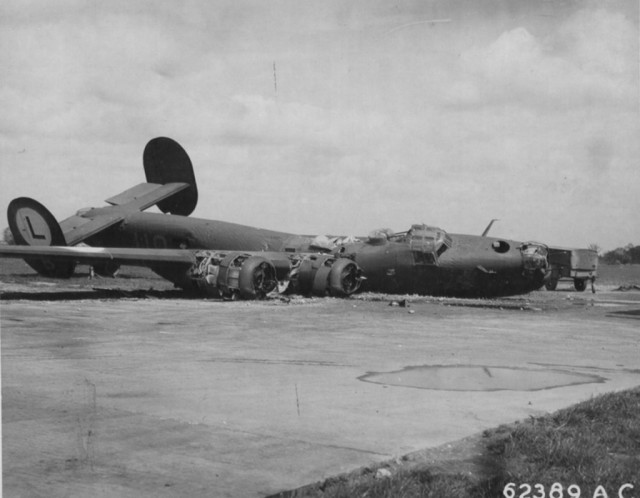
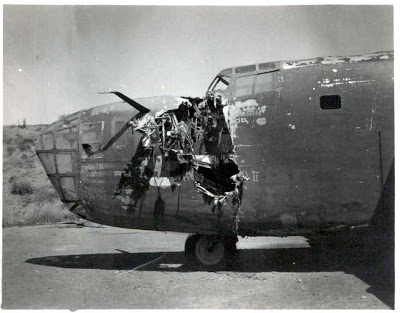
The damage in the photo occurred on the December 20, 1943 mission to Bremen, Germany. It is still not completely known what happened other than a propeller from another plane sliced away the tail turret,right rudder and part of the horizontal stabilizer and killing the gunner.
There are two stories about this mishap. One says it was a prop which came off another plane; another says “El Lobo” slowed, suddenly, and was hit by another aircraft.
The tail gunner – S/Sgt. Donald D. Pippitt – died as a result, and the plane returned to the 392nd a month later. She was later reported as MIA [missing in action] on an April 29, 1944 mission to Berlin. [Via]
BA2 #14 41-23858 GREMLIN’S DELIGHT aka FRIGID FRANCES of 28CG. Crash landed 30 miles south of Ladd Field AK; flew for 3 hours observing and photographing a solar eclipse when the B-24 suffered the loss of engines No. 1 and No. 2. The inability to feather the props compounded problems and ultimately led to the aircraft crashing. All 14 aboard survived. [Via]
